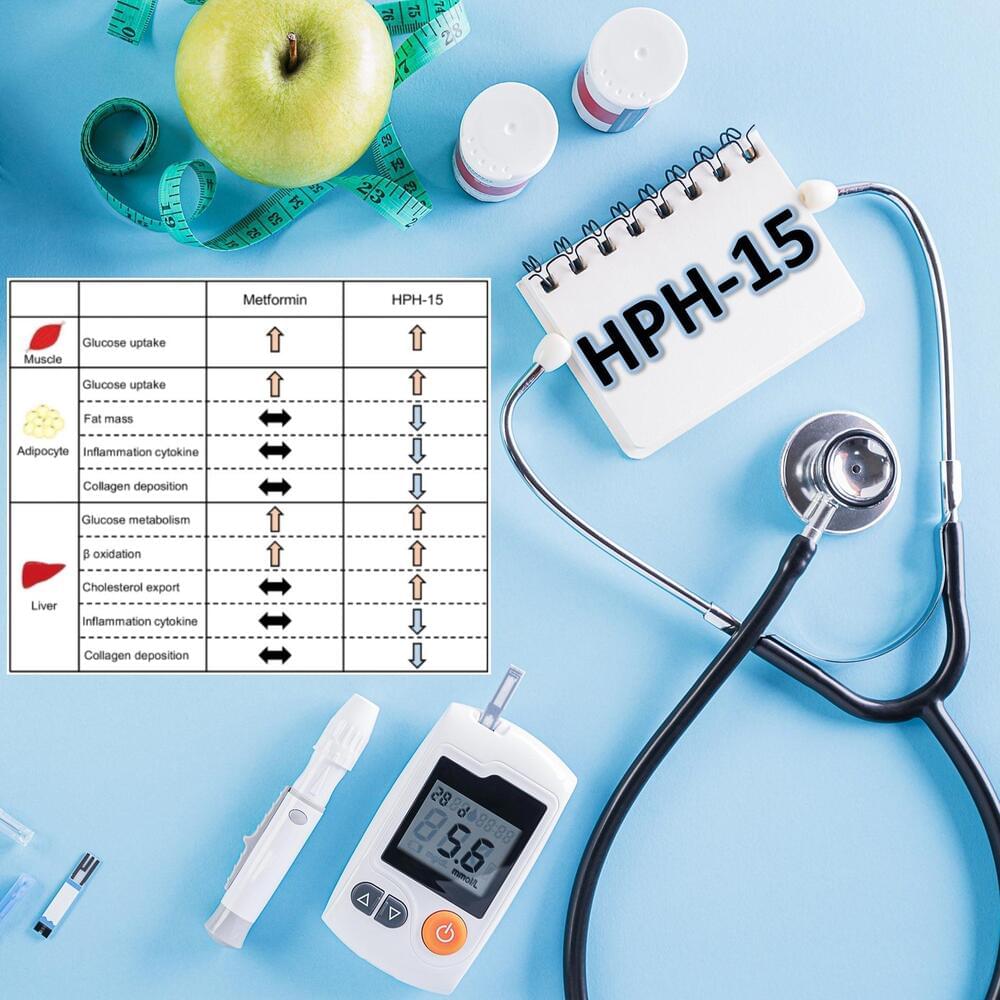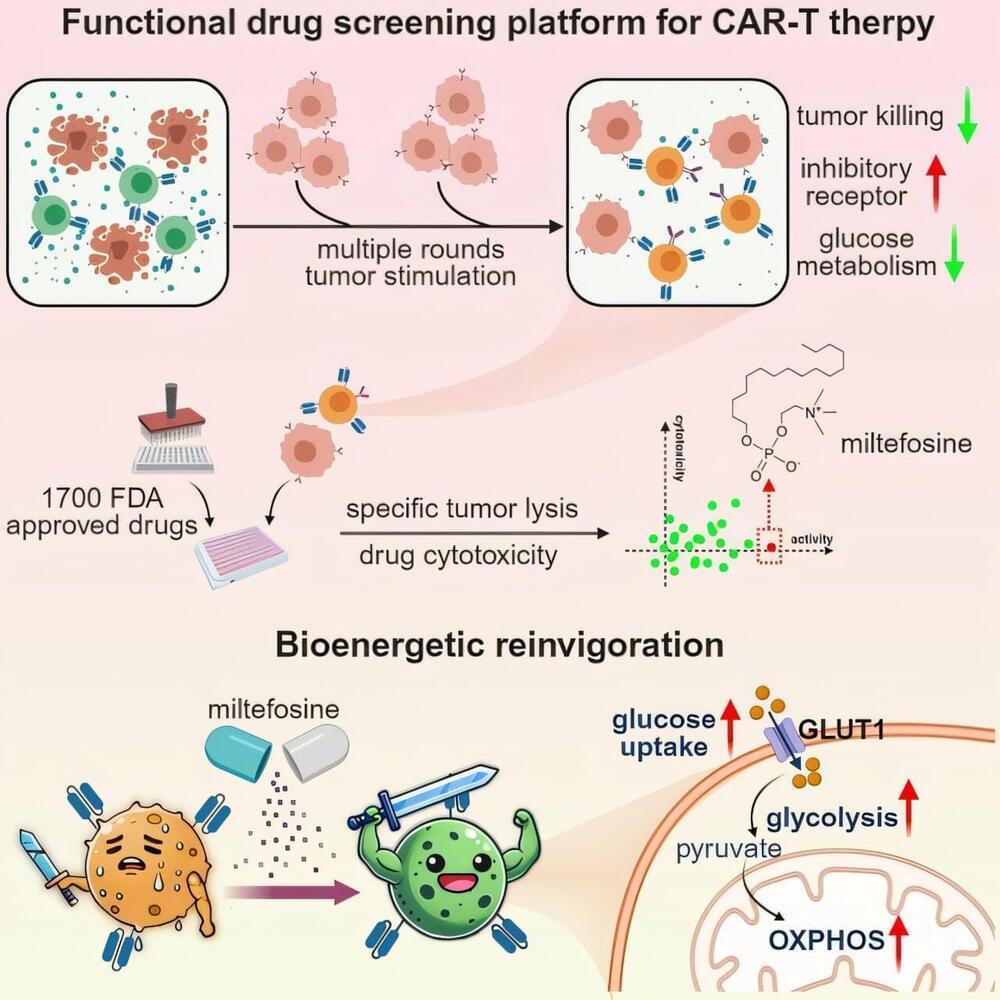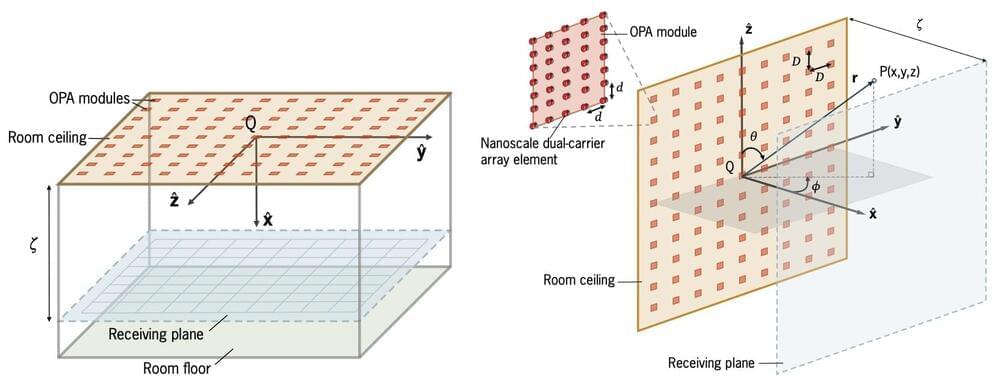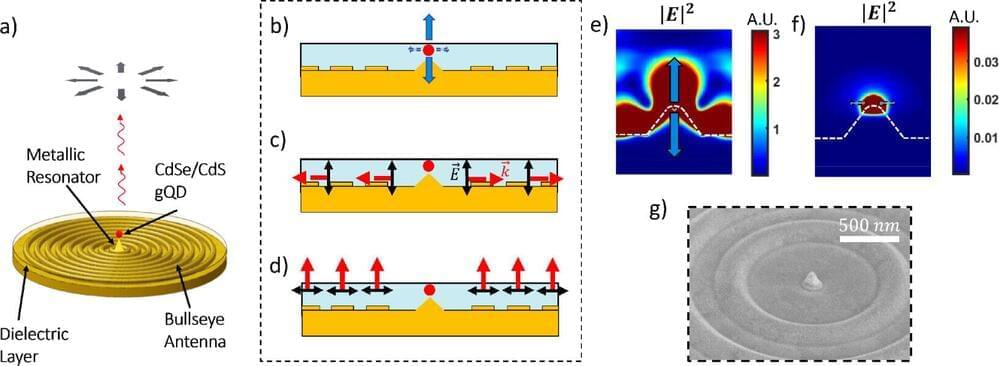A China-based firm has launched a novel energy storage device that tackles the 18650-battery power challenge. Introduced by Ampace, the latest JP30 cylindrical lithium battery is claimed to be capable of delivering breakthrough performance in a compact form.
Themed “Working Non-stop, compact and more powerful”, the new battery is the latest addition to the JP series.
Despite having a compact and sleek design in appearance, the battery offers ultra-high power performance.







